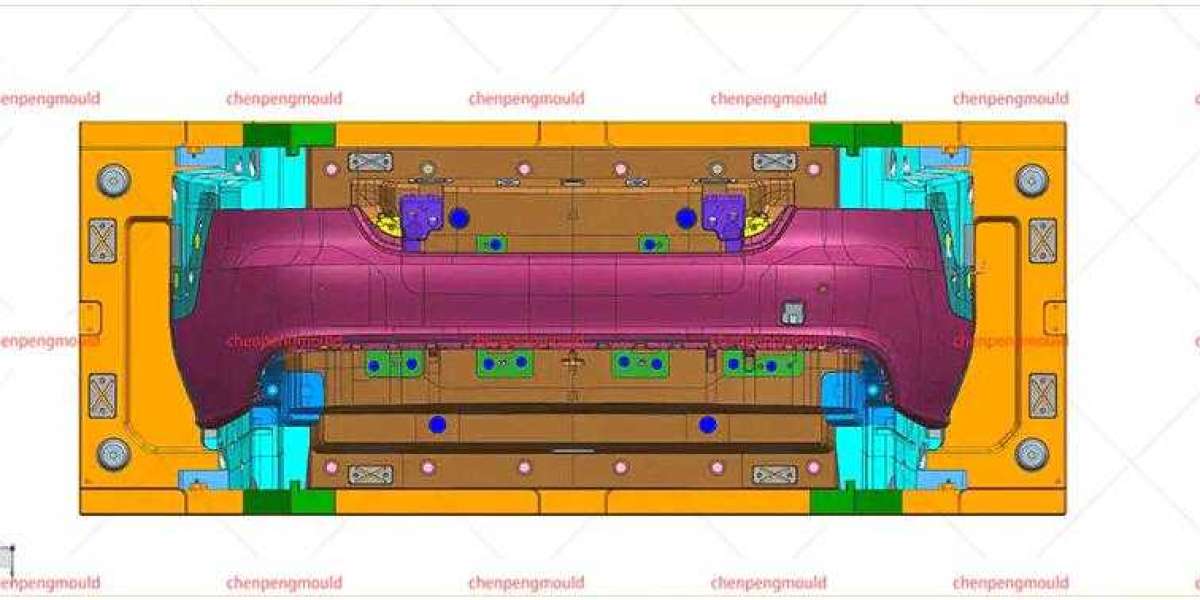The role of bumper molding for cars expanded significantly with the advent of modern safety standards. Regulatory bodies across the world, including the National Highway Traffic Safety Administration (NHTSA) in the United States and the European New Car Assessment Programme (Euro NCAP), introduced stringent requirements for vehicle safety. These regulations prompted manufacturers to rethink bumper design and materials.
Bumper moldings became integral to these new safety designs. They were engineered to absorb low-speed impacts, reducing damage to both the vehicle and pedestrians. The molding also began to include energy absorbers and crumple zones, designed to deform and absorb collision energy, thereby protecting the occupants and reducing repair costs.
The development of bumper molding has not only focused on safety but also on aesthetics and functionality. Modern bumper moldings are designed to enhance the vehicle’s appearance, seamlessly blending with the overall design language. The ability to produce moldings in various shapes, sizes, and finishes has allowed designers to create bumpers that complement a wide range of vehicle styles, from sleek sports cars to robust SUVs.
Functionally, bumper moldings now incorporate various elements such as parking sensors, fog lights, and air intakes. The molding provides a protective housing for these components, ensuring they remain functional and undamaged. This integration of technology into the bumper molding underscores the complexity and multifunctionality of modern automotive design.








